Features of growing surfinia and caring for ampel flowers
Lush multi-colored hanging balls of flowers on city streets or near residential buildings amaze everyone. Most often, such decorations are created from perennial surfinia and annual ampel petunias. Anyone can try to grow these luxurious flowers.
Description
Surfinia - a hybrid of petunia - was bred in Japan at the end of the last century and managed to win the hearts of flower growers on all continents with its long and abundant flowering. Its remarkable feature is the flowing long stems with a waterfall of large bright flowers.
There are several varieties of surfinia that differ in flower color. The length of the stems emerging from the root in a bundle reaches 2 meters. Funnel-shaped flowers 6-9 cm in diameter.
Surfinia is a perennial flower. When grown for a heat-loving plant, they provide comfortable conditions. With a decrease in temperature to 16 °C for the winter it is brought into a frost-free room by cutting off the stems. With the beginning of spring, the dormant period of surfinia ends - and even in the basement, leaves begin to bloom and buds form.
Surfinia creates harmonious compositions in containers and hanging planters with pelargonium, lobelia, ampelous sanitation, sweet peas, verbena, chlorophytum. Vases are placed on balconies, terraces, near the facades of houses.
Reproduction
Surfinia does not form seeds. Its reproduction is possible by the vegetative method - by cuttings, which easily take root and create a new plant.
Cuttings of a hybrid of petunias are carried out in the fall. The roots of the cuttings form in a week and a half.
- With a pruner, the top of at least 10 cm is obliquely separated from the surfini branch.
- All leaves are removed, except for the top 2 - they are cut in half.
- The stalk is placed in a solution of a root formation stimulant for the time specified in the instructions for the preparation.
- Then the cuttings are densely planted, with an interval of up to 2 cm, in a loose substrate of humus, garden soil and sand, taken equally, and watered so that the soil is moist. The stalk is deepened into the soil by one quarter.
- For rooting, the container with cuttings after planting is covered with film, glass, or each cutting is covered with a cut plastic bottle, creating a mini-greenhouse.
- The soil is watered in moderation, the cuttings are sprayed daily, the temperature is kept within 21-24 degrees.
Cuttings after cutting should not be kept untouched for a long time, even in water. They retain the ability to root for 1-2 hours.
How to care for surfinia?
Surfin pots are placed in a sunny, wind-protected place. The substrate is changed twice a year, using soil from the store or making up a mixture of garden soil and humus. For looseness, add 2 or 3 parts of humus and one part of sand to heavy soils. Before planting, a drainage layer of 5-6 cm is laid in a pot. To make the substrate for surfinias moisture-consuming, add a hydrogel or perlite.
After 2-3 weeks, the rooted cuttings are transplanted into separate pots - small, up to 5 cm in diameter. After planting, young surfinia are pinched: the top is separated over the 4–5th leaf. These fragments can also be rooted using the rooting stimulator again. Pinching serves to increase the bushiness of plants. The procedure should be performed periodically if the branch is too stretched in length, but does not branch. Surfins are planted in permanent containers in a month and a half.
The care includes daily moderate watering. In hot weather, pots with surfinias are watered 2 or even 3 times, preventing the earthen coma from drying out. For a vigorous look, the plants are sprayed. Watered early in the morning or in the evening.
Thin and delicate surfiniya roots can break under the pressure of earthy lumps when the soil in the pot dries out.
Before planting surfinias, flower mineral complexes are mixed into the soil for feeding. Choose those mixtures that dissolve slowly. If no fertilization has been applied, the bright and lush bloom of surfinia is supported by weekly root or foliar dressings. Under unfavorable weather conditions, growth stimulants are used: "Zircon", "Epin-Extra".
Flowers during dormancy
Caring for surfinia in the resting phase has its own subtleties.
- In the fall, all stems are shortened to 20 cm.
- The flower must be provided with a fairly low temperature, but not lower than +5 °C. The pot is wrapped to make the roots more comfortable.
- The soil is preserved in summer, enriched with dressings.
- Surfinia should stand in a bright room in winter. It is especially important to observe this condition starting from mid-January.
- From time to time, the plants are watered to keep the soil from drying out.
- Plants are hardened before moving surfiniya outside. Vases are brought out into fresh air for several hours, but protected from direct sunlight.
Plant protection
Surfinia is a hardy flower, but with mistakes in care it can be affected by fungal diseases. Spores of fungi that cause rot, spotting, blackleg, spread in a humid environment. With elevated levels of dampness and acidic soil, there is a risk of losing gorgeous flowers. To preserve the plants, you need to lay drainage during planting and do not leave the pots for a long time in the rain. Florists warn that there is no point in treating surfinia at home.
Surfinia are harmed by spider mites, thrips, whitefly. They feed on the sap of tender leaves and stems. If damaged by pests, measures must be taken immediately so that the flower does not dry out. A soap solution will give good results. Rub 150-300 g of laundry soap on a grater and dilute in 10 liters of hot water, stirring actively. The infusion is filtered, cooled and sprayed with surfinium.
The amazing flowering of the ampelous plant throughout the warm season will reward the worries about reproduction and care.
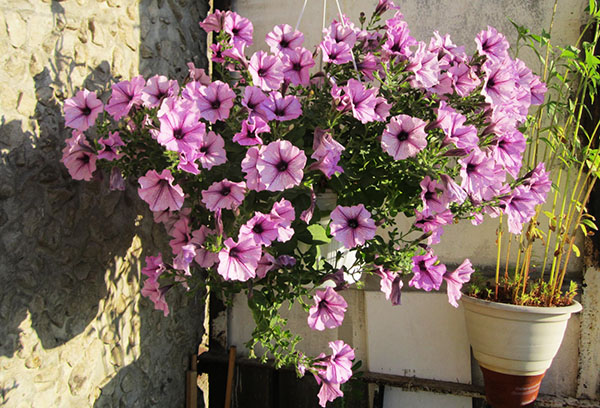
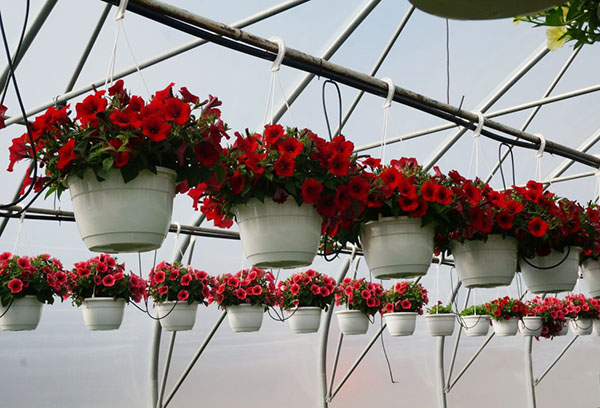
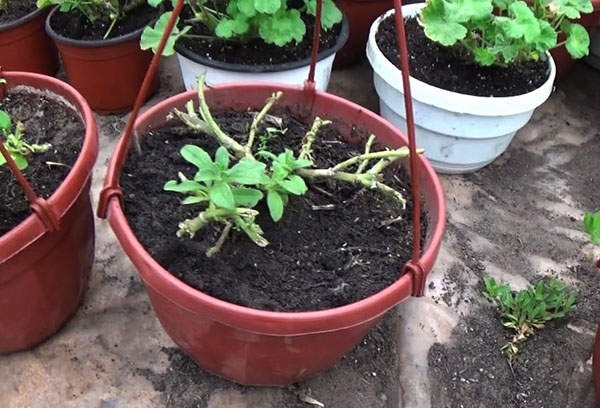
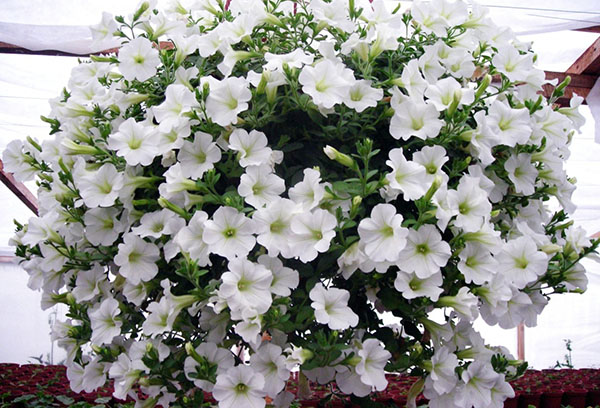
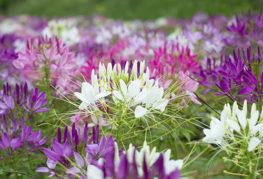
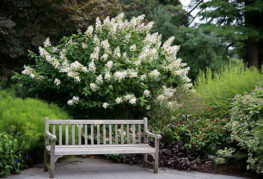
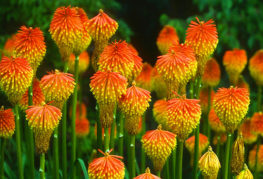
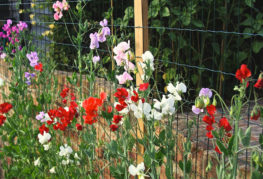
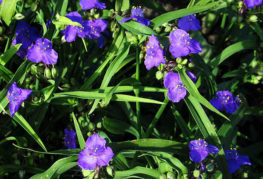
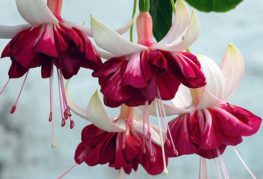
and will be published shortly.